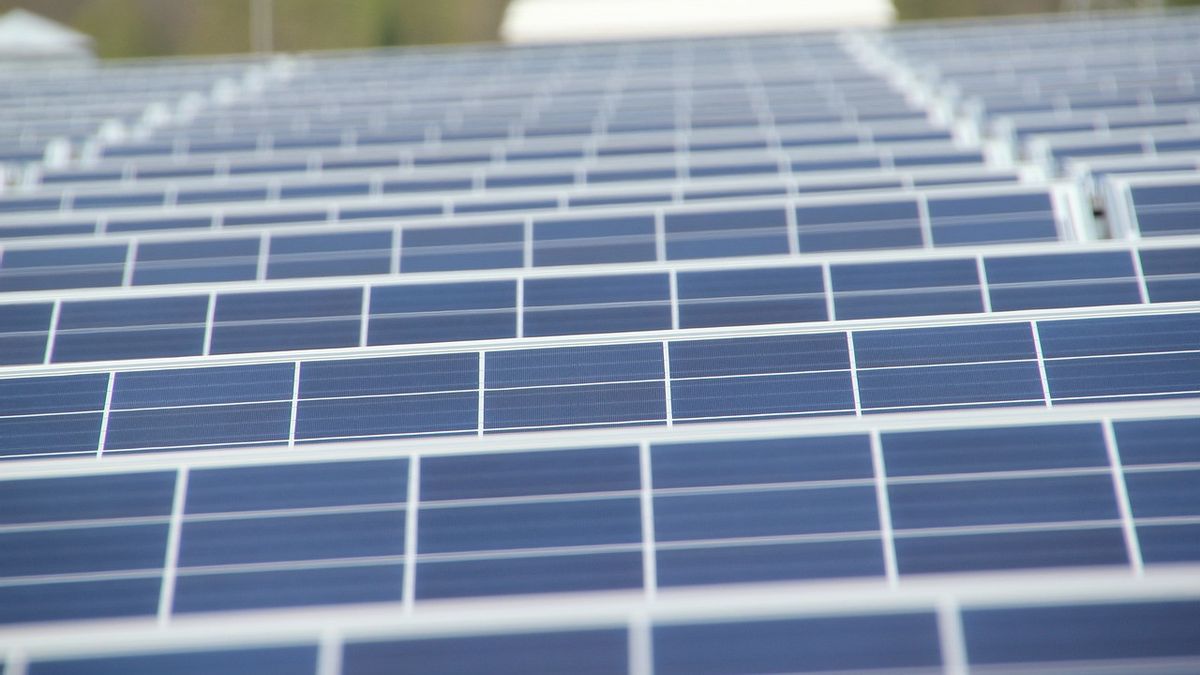YOGYAKARTA renewable energy is an energy source that can be used continuously because its availability in nature is abundant. Check out the excess renewable energy in the review below.
The sources of renewable energy such as solar, wind, water, geothermal and biomass come from a sustainable natural process that can help reduce the use of fossil energy.
In addition, renewable energy also contributes to overcoming global warming and reducing carbon dioxide emissions.
However, behind the benefits, renewable energy also has a number of shortcomings. What are the following explanations.
renewable energy provides new hope for the future of the environment, social, and economic.
Compiled from various sources, the following are some of the excess renewable energy that you need to know:
The source of renewable energy, such as solar power, wind, water, and biomass can be used continuously, because it comes from a sustainable natural process.
Unlike fossil fuels, which are limited in number and are running low, renewable energy sources will never run out as long as the natural cycle is still ongoing.
renewable energy sources are generally more environmentally friendly when compared to fossil energy. The use of renewable energy does not produce greenhouse gas emissions and air pollutants.
The next excess of renewable energy is to reduce dependence on phosic fuels whose availability is increasingly rare and expensive. It also reduces the risk of fluctuations in oil and gas prices.
The renewable energy industry is growing rapidly and creating new jobs in various sectors, from manufacturing to installation and maintenance.
The development of renewable energy technology also requires many experts, thus opening up new job opportunities for the community.
On the other hand, the fossil energy industry is actually decreasing and jobs in this sector are decreasing.
While the lack of renewable energy needs to be considered, among others:
The first renewable energy shortages are its energy sources often ti
Unsteady.
For example, solar power is only available during the day and depends on the weather. While the wind can vary in speed and consistency.
This shortage raises challenges in ensuring a stable and reliable energy supply.
One of the most prominent renewable energy shortages is the high initial cost.
The technology used in energy plants such as solar panels, wind turbines, and hydroelectric installations requires large investments.
While long-term operating costs can be lower, high initial costs are often an obstacle for a country to make energy transitions.
Renewable energy depends heavily on natural conditions. For example, solar power can only be produced when the sun shines, and wind power can only be generated if the wind blows at sufficient speed.
This uncertainty makes renewable energy less stable than fossil energy that can be generated at any time.
Although more environmentally friendly, renewable energy can also have a negative impact on local environments.
SEE ALSO:
For example, the construction of dams for hydroelectric power plants can disrupt the balance of the river ecosystem and threaten biodiversity.
That's information about excess and lack of renewable energy. Hopefully this article can add insight to the loyal readers of VOI.ID.
The English, Chinese, Japanese, Arabic, and French versions are automatically generated by the AI. So there may still be inaccuracies in translating, please always see Indonesian as our main language. (system supported by DigitalSiber.id)















